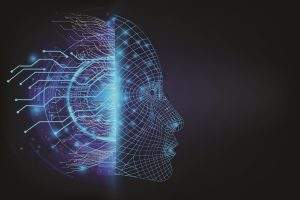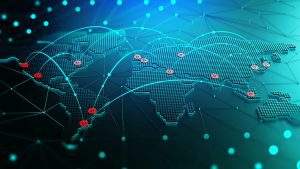“The Brain That Changes Itself” by Norman Doidge is a fascinating exploration of the brain’s remarkable ability to reorganize and adapt itself in response to experiences and challenges. Drawing on cutting-edge research in neuroscience, the book shows how the brain can change and rewire itself throughout life, in ways that can have profound implications for learning, recovery from injury, and personal growth.
The book is divided into several parts, with each part covering a different aspect of brain plasticity. In the first part, the author introduces the concept of brain plasticity and explains how the brain’s ability to change can be both a blessing and a curse.
In the following parts, the author provides case studies of individuals who have undergone remarkable transformations through brain plasticity. For example, he describes how a blind man was able to learn to see using echolocation, and how a woman was able to overcome severe learning disabilities through intensive training.
The author also discusses the implications of brain plasticity for the treatment of various neurological and psychiatric disorders, including stroke, Parkinson’s disease, and schizophrenia. He describes how new therapies based on the principles of brain plasticity are being developed and tested, and how they hold promise for improving outcomes for patients.
Throughout the book, the author emphasizes the importance of neuroplasticity for personal growth and development. He provides practical advice and exercises that readers can use to enhance their own brain plasticity and promote mental well-being.
“The Brain That Changes Itself” is a captivating and inspiring book that shows how the brain can change and adapt throughout life, and how this knowledge can be harnessed to improve health, learning, and personal growth. The author’s engaging writing style and compelling case studies make this book an accessible and informative read for anyone interested in neuroscience and human potential.













